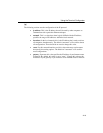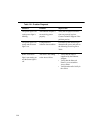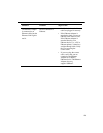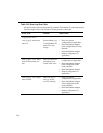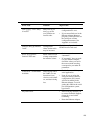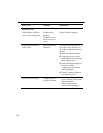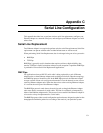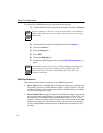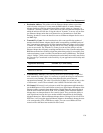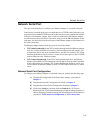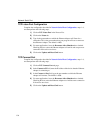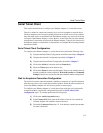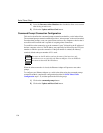
C-1
Appendix C
Serial Line Configuration
This appendix describes how to perform wireless serial line replacement, configure your
Ethernet Adapter as a network serial port, and configure your Ethernet Adapter as a serial
telnet client.
Serial Line Replacement
Two Ethernet Adapter’s are required to perform wireless serial line replacement. Serial line
replacement can operate with the radio in either Infrastructure or Ad-hoc mode.
When performing Serial Line Replacement, data is exchanged using one of two protocols:
• RMP Pipe
• TCP Pipe
RMP Pipe is generally used in situations that require real time or high-reliability data
transfer. TCP Pipe is useful in situations when poor radio reception is a problem. RMP Pipe
is preferable for most Serial Line Replacement applications.
RMP Pipe
For applications where an RS-232 serial cable is being replaced by a pair of Ethernet
Adapter units, or when Ethernet Adapter units are being used to form a broadcast topology,
the RMP Pipe protocol should be used. In the RMP Pipe protocol, the Ethernet Adapter
accepts a stream of data at its serial port and transmits it over the network to one or more
receiving Ethernet Adapter units. When the data arrives at the receiving Ethernet Adapter,
it is sent out the serial port of that Ethernet Adapter.
The RMP Pipe protocol sends data to the receiving unit as though the Ethernet Adapter
units were directly connected via serial cables. The data is not filtered or interpreted by
either of the Ethernet Adapter units. This protocol is most useful if the Ethernet Adapter is
to be used as a drop-in replacement for a serial cable.
The RMP Pipe protocol has several configuration options that are designed to optimize data
throughput and minimize packet loss according to the needs of your particular system.



